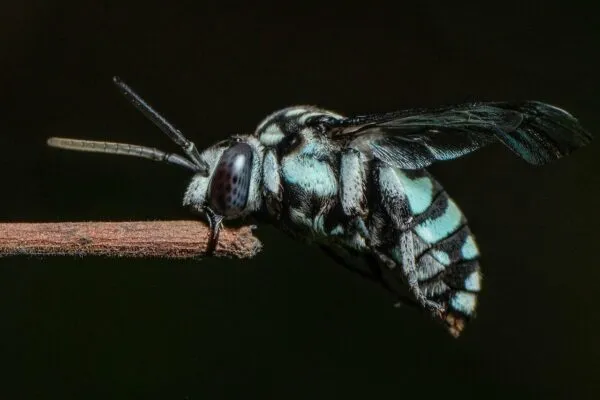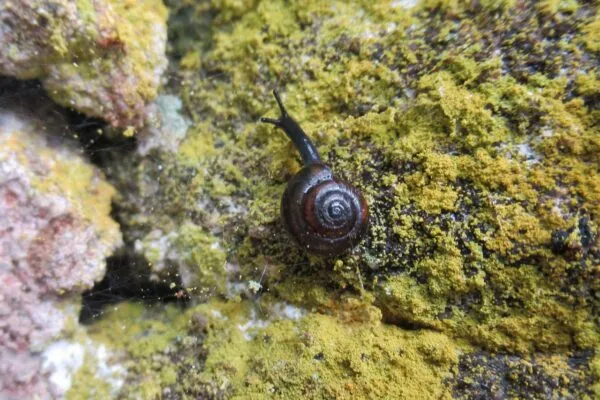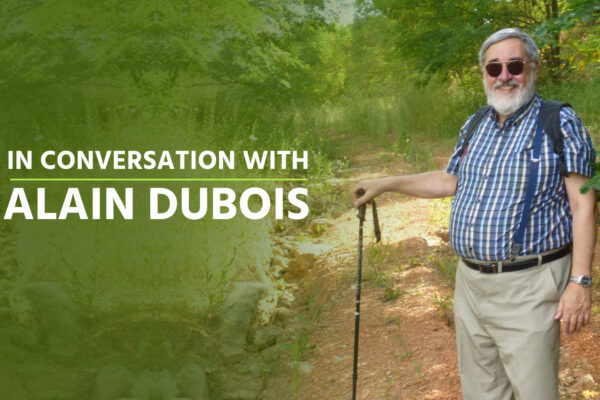How Business-Oriented Mindset is Destroying the Legacy of Natural History Museum?
A former employee of the organization exposes the decline within the museum
At a time when humans continue their assault on the natural world, institutes, such as the Natural History Museum, must stand their ground and pursue their goal of recording, storing, studying, and conserving living diversity. The institute has been a cathedral to nature since its inception in 1881.
However, the current management is obsessing over Victorian collections. These must be safeguarded but many Victorian collections are of low priority. The urgent priority is to record what remains of species today and harness scientific advances to prevent their extinction. It is nothing but an untimely tragedy that impacts biodiversity research globally.
While most employees of the museum chose silence in fear of losing their jobs, this tragic decline of the Natural History Museum, London, was exposed by Fred Naggs, a former scientific associate at the Department of Life Sciences, who could not sit idly by as the institute strayed from its path.
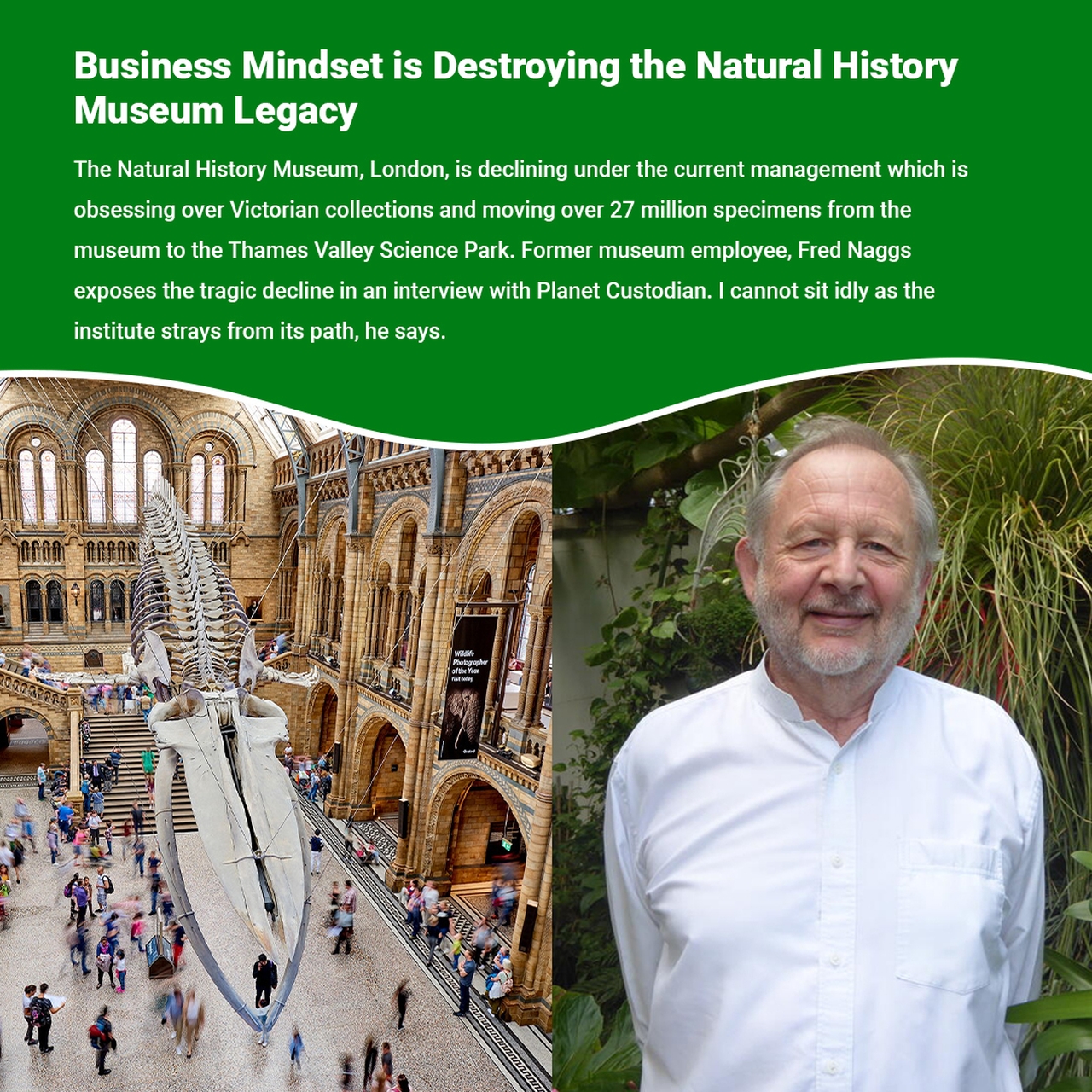
The changes happening inside the London museum are not isolated; other branches of natural history museums across the world are undergoing similar if less dramatic changes. Earlier this year, the London museum announced that over 27 million specimens would be moved to the Thames Valley Science Park. According to Prof. Naggs, this shift will mutilate a national treasure and is nothing short of self-imposed vandalism.
We talked to Prof. Naggs about the decline of the Natural History Museum, and issues of biobanking, biodiversity loss, and climate change. His concerns will surely affect our understanding of the living world, and how this shift of authority in the institute jeopardizes conservation efforts for numerous endangered species. Let’s take a look at what Prof. Fred Naggs had to say.
Planet Custodian (PC): What’s the highlighting role of the Natural History Museum in tackling the ongoing environmental disaster?
Prof. Fred Naggs: The NHM needs to engage in international collaboration for recording, storing, understanding, and conserving living diversity.
PC: You have worked with the museum for over 4 decades now. What changes have you observed in the management and how do they affect our natural world?
Prof. Fred Naggs: After 48 years, I no longer have a link with the NHM. My Scientific Associateship at the NHM was promptly and inevitably canceled on publication of my article in Megataxa. Changes at the NHM have been profound. From being under a scientific government department, the NHM has been placed under an arts, media, and sports department that also has a “digital” remit.
From the time of its establishment in South Kensington, the Museum’s directors were scientists with backgrounds in collections-based research. The next tier of management was the heads of the science departments: Zoology, Botany, Entomology, Palaeontology, and Mineralogy Departments. They were often highly regarded authorities in their fields and were known as Keepers, short for Keepers of the Collections, emphasizing the central role of the collections.
Significant changes were accelerated with the appointment of a director in 1988 who was given the responsibility of ‘modernizing’ the Museum. He was a university administrator with a research background in primate behavior but with no working knowledge of collections-based research.
His aim was to rejuvenate NHM science by reducing scientific staff numbers, ‘’restructuring’’ (= sacking people), and pressuring established experts to leave and make way for a new intake – at lower salaries. For the exhibitions, he took guidance from Disneyland, and successive groups of staff were sent to Disneyland Orlando for inspiration.
Having previously come under the management of science, exhibitions and wider public engagement subsequently became independent of science administration and became a new and diverging powerbase, undermining the NHM’s scientific leadership and direction. The consequences have been calamitous for the NHM. In the absence of scientific primacy, the identity and direction of the Museum have floundered. The reality is that the science side should offer a critically important service, recording and understanding biodiversity, and I believe, in saving living diversity, all of which is important from a global perspective.
Conversely, exhibitions and other modes of public engagement are more to do with Disneyland-inspired entertainment and tourism and are of no global significance. When based on specimens, well-designed exhibits in public galleries of natural history museums are important, inspiring, and powerfully distinct contributions to public engagement with the natural world.
However, unlike in the nineteenth century, museums are now a relatively small part of such engagement with the natural world and there are many alternative sources of information and accessible experiences available. Government objectives extend to local considerations such as the social spectrum of visitors who come to the museum and reaching out across the UK to people who might never visit the Museum. All perfectly commendable objectives but not remotely on the scale of addressing a planetary emergency.
There is also what can only be described as an arm of propaganda aimed at serving short-term commercial interests by promoting notions that global environmental crises can be controlled through technology and human ingenuity. This is supported by ‘good news’ marketing that is highly biased and not reflective of what is happening in the outside world. In gaining executive power at the NHM, public engagement has been a major factor in debasing Museum science.
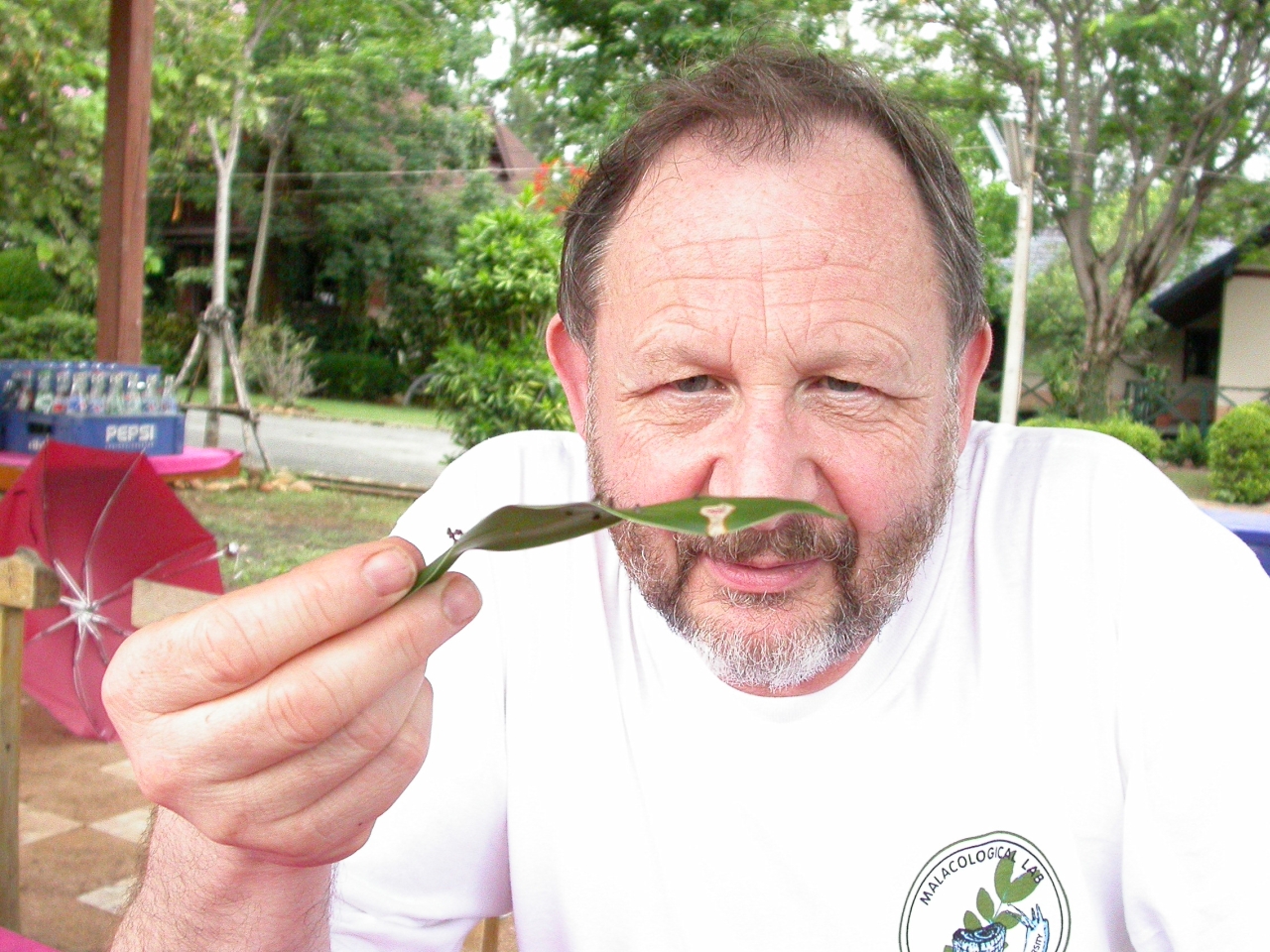
The next director, appointed in 2004 had studied parasitology but had spent most of his working life in scientific publications administration. He was not a career scientist and did not engage with NHM science. He swept the scientific administrative foundations of the NHM away, replacing Keepers with bureaucrats.
Before joining the NHM, the current director was a global vice-president and head of Amazon UK from 2016 to 2020. With no background in natural science, he has nevertheless set a new agenda, prioritizing the digitization of the Museum’s historical collections. He has fully endorsed the move away from natural history set out in the Museum’s ten-year strategy. From keeping a watching brief and formally endorsing the then scientific leadership’s direction, in the 1980s the Museum’s Trustees asserted their power and latent authority and drove an agenda set by the government.
The profile of the Museum’s Trustees changed from being science dominated to largely consisting of members from commerce, banking, and industry.
A number were involved with dubious commercial activities – one even ended up in prison. The current Chairperson of the Trustees has been in place for the past eight years. Prior to this, he was Group Chairperson of HSBC at a time when its environmental record was a matter of considerable concern.
There were successive directors of science – whose ambitions did not extend to safeguarding the Museum’s body of expertise for collections-based research. The current Director of Science is a parasitologist who has advanced his research interests at the expense of natural history and embraced an agenda remote from collections-based research that is irrelevant to the biodiversity crisis. He is driving the Museum’s research into areas that are well-covered by universities, and agricultural and medical research agencies.
Having been the Director of the Centre for Agri-Environmental Research at Reading University from 2005 to 2014, the appointment of the Head of Life Sciences in 2020 was an even further departure from natural history collections-based research. On the contraction of the Science Department to a single ‘Science Group’, he was elevated to Deputy Director of Science.
His appointment clearly fits in with the drive for the dismemberment of the NHM’s collection-based science and with a move to and collaboration with the University of Reading. This can only reduce the NHM’s academic stature, diminish its standing in the world and accelerate its journey into irrelevance.
Also Read: Interview with British Malacologist Fred Naggs on Wildlife Conservation
The fate of the NHM has parallels across the world with similar trends in many museums and other academic institutions towards excessive, bureaucracy, or ‘managerialism’. For natural history museums, this has led to the degrading of scientific priorities, dispersing scientists and collections, and pursuing activities unrelated to natural history.
In his insightful analysis, Brian J. Gill (2021, in New Zealand Science Review Volume 77(1-2), pages 13-18) attributes this debasing of scientific institutions to the political ideology of neoliberalism, which has been imposed on museums and academic agencies since the 1980s in his own nation, New Zealand, and in many other Western countries.
The demise of many Western natural history museums to irrelevance and loss of expertise, at a time of massive biodiversity extinctions, is an untimely tragedy that impacts on biodiversity research globally.
PC: How will the shift of authority in the museum impact the massive collection base and scientific research?
Prof. Fred Naggs: The Museum is prioritizing entry into a virtual world based on computerizing historical collections’ data, rather than engaging with the real world. It seems that it would like to see users of the collections as a data exercise rather than dealing with physical specimens. The historical collections are an immensely valuable resource that should be acting as a foundation – a step to building contemporary collections in a world from which living diversity is disappearing.
The scientific research staff were authorities on groups of organisms and formed teams with curators who managed the collections and also often undertook research. For example, zoologists were authorities on animal phyla and experts in a group within a phylum. Both research staff and curators had extensive knowledge of the collections within their specializations.
Such research-based and collections expertise was the foundation of the NHM’s authority but little remains as the NHM engages with unrelated research. The fragmentation of NHM scientific cohesion was increased by the establishment of separate management for researchers and curators.
PC: Will dispersing the millennia-old collections of the museum affect the scientific community?
Prof. Fred Naggs: This is a question that the Museum has not even asked its scientific stakeholders. What and who is driving this agenda and the justification for it is something of a mystery. Despite all of the effusive marketing, it is clear that dispersing the collections and associated staff is not driven by scientific benefits, the needs of the scientific community, enhancement of the status of Museum science, or the stature of the Museum itself.
PC: How and when did the Natural History Museum start going astray from its intended goals?
Prof. Fred Naggs: The Museum needed to move on from a period heavily influenced by Britain’s imperial past when natural history collecting could be pursued largely unfettered. There was a period of intensive collecting facilitated by affordable air transport and indifference by host nations. However, the perceptual changes in the asset value of biodiversity central to the 1992 Biodiversity Convention gave rise to international bio-nationalism. Instead of responding to this challenge and rather than recognizing that collection-based endeavors now required developing relationships and shared objectives with partner countries, the Museum has walked away.
This journey of irrelevance accelerated in the 1980s and has now reached such momentum with its Strategy to 2031 that it is seeking to reinvent itself as a research institution unrelated to its collections, offering a virtual world of databased historical collections. Culpability lies with the government and those who have furthered their careers at the expense of integrity, with a compliant establishment, new vested interests, and – so far – a failure to speak out among those who recognize what has happened.
No blame can be laid on those who work at the Museum and dare not speak out for fear of losing their jobs.
PC: Your wise opinion on the present extinction rate of life on earth. How can the NHM help?
Prof. Fred Naggs: With the scale of loss, fragmentation, and degradation of non-marine habitats and the prospect of significant climate change, it is clear that we have entered a major extinction event. Different agencies have different roles in addressing this but the responsibility of the NHM is not that of engaging directly with conventional conservation measures. Its traditional scientific role of preserving examples of living diversity and understanding their evolution is needed more than ever.
The role of natural history museums in being reference libraries of living diversity is critically important and remains the foundation for understanding and naming the natural world. However, beyond this traditional role, the Museum is well placed to extend its preservation procedures. Current NHM research and collections practice include the storage of frozen tissue, including cryogenically stored samples. It is a relatively small step to make preparations of tissues as viable cells.
Such procedures are well established and have a proven role in biodiversity conservation, as has been widely reported for Chester Zoo and Nature’s Safe’s collaboration in biobanking. Even the NHM reported how biobanking can contribute to the conservation of koalas. The paradox of reporting but not engaging with biobanking has escaped the NHM’s notice. This is about saving living diversity, a very different proposition to that of restoring extinct species, although being based on cellular research, the two are often discussed together, which is an unfortunate association. Biobanking offers the only means of safeguarding the broad scope of living diversity and, whereas current efforts must be highly selective because of the limited institutional capacity that is involved, the NHM and other major natural history museums have the potential to operate on a very large scale.
While no one seems to object to seed banks, some take issue with animal biobanking, often invoking interference with natural processes and supposed moral objections. The overriding moral issue in this context is surely human responsibility for obliterating living diversity. There are also fears that biobanking somehow makes extinction less of an issue if there is the potential to restore species.
Every effort should be made to safeguard species from extinction in the wild but we are in a major extinction event and conventional methods might save only a tiny fraction of the broad breadth of biodiversity. We need to harness all of the tools at our disposal and aim to safeguard as much biodiversity as possible in its own right and maximize options for future generations to safeguard and restore a biodiverse world.
In public engagement, the Museum’s first responsibility is honesty and integrity. Unfortunately, the Museum is delivering delusional propaganda that the show can go on and that the biodiversity crisis can be managed by scientific inquiry when all of the evidence shows that this is not the case. The main drivers of current extinctions are habitat loss and degradation through human numbers, human consumption, and economic activity.
PC: The world’s climate action approach is largely dependent on its adaptation of sustainability, but it’s not resulting in much. We would like you to throw some light on it.
Prof. Fred Naggs: Human-driven climate change is a complex, broad and now intensively studied area of investigation that extends well beyond my area of expertise. Nevertheless, some basic facts are clear. It is important to recognize that climate change is an integral component of the earth’s history. For a historical perspective and an understanding of human-driven climate change, I recommend William F. Ruddiman’s 2014 book Earth Transformed.
There are many vested interests in playing down the impact of human-driven climate change and fostering doubts about what we face. These have close parallels with the denial of the dangers of tobacco smoking, even when these were well understood by the tobacco industry. There are arguments about what nations are to blame and which nations should take a lead in ameliorating climate change. The reality is that we all share one planet and all need to act in unison, even if it be in different ways.
The greenhouse effect of CO2 levels is not the sole contributor to human-driven climate change but it is a central component and the increased levels of atmospheric CO2 are a matter of record. Reducing the use of and ultimately eliminating fossil fuels across the globe is achievable but the transition to alternatives is slow and difficult and the loss of carbon sinks, notably forests, has been building for thousands of years.
We thus face having to deal with the outcomes of human-driven climate change. Shifts in climate zones will profoundly affect what crops can be grown where and, most worryingly, rising sea levels and frequent catastrophic flooding will inundate many of the most densely populated areas of the world, notably where monsoon climates and glacial melt add to the risk, such as in the Brahmaputra-Ganges Delta in Bangladesh and the Indus River System in Pakistan.
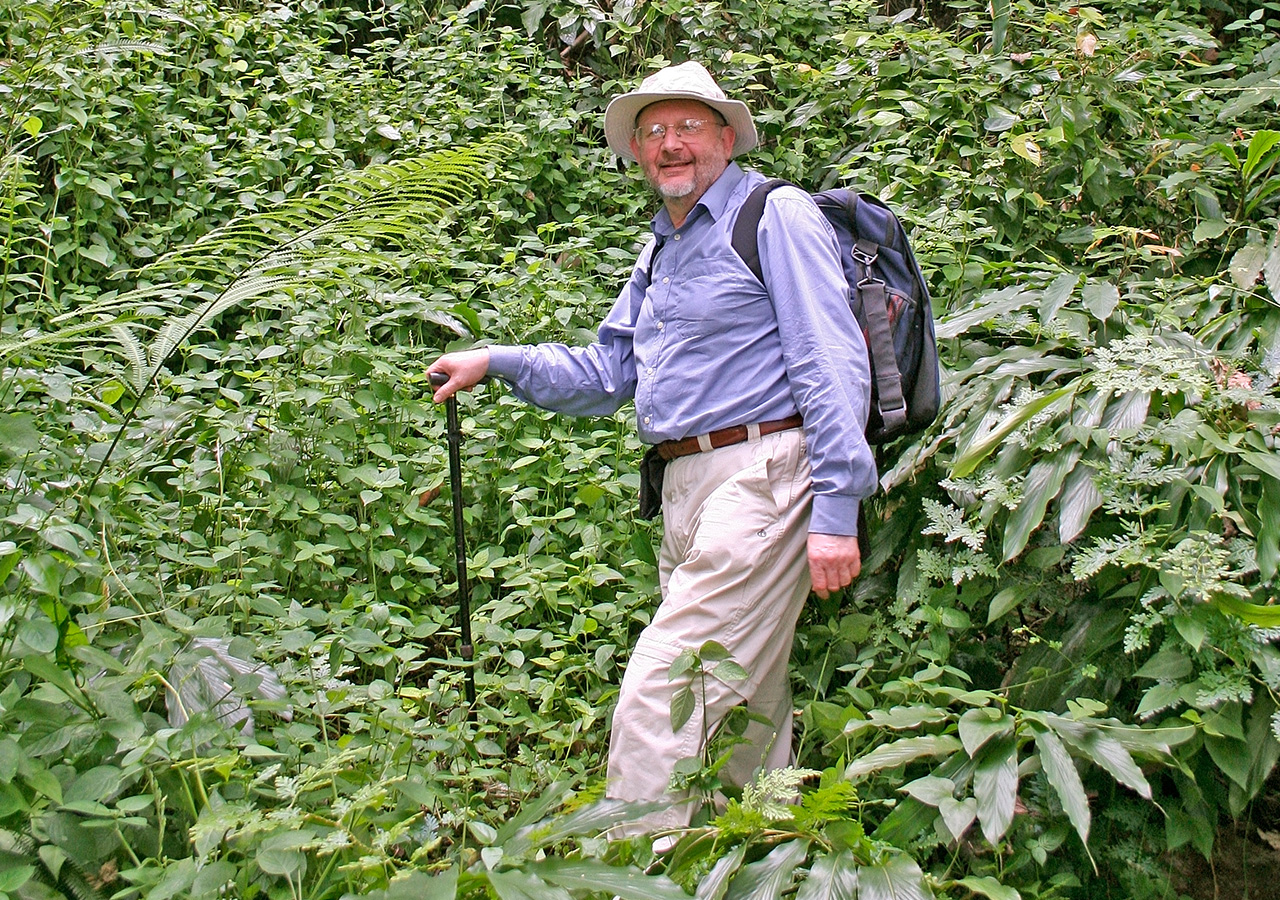
Humanity has repeatedly lived through such drastic climate changes from the ice ages to interglacial episodes, but our widely dispersed numbers were small and we would have relocated together as part of natural cyclic changes in global patterns of biotic distributions. Some past climatic changes were sudden and immediately devastating to life, some changes were more gradual.
Some complex creatures such as ourselves were able to adapt partially to climate change through changes in behavior. Over large time spans there were evolutionary changes such as in body size and physique and in skin pigmentation.
We face inevitable, unpredictable major natural climate change at any time, through major volcanism for example, but human-driven climate change is with us now, with many potential outcomes. Even small levels of global warming could trigger multiple climate tipping points.
Also Read: In Conversation with French Batrachologist Alain Dubois on Biodiversity
Adapting to global warming will involve hundreds of millions of people relocating – with competition for resources and competition for space that is already occupied and – with rising sea levels, we will have a shrinking landmass. The magnitude of the consequences is such that it is difficult to see how this might be managed with high human population levels – which underlie nearly all human-caused environmental problems. It seems likely that humankind will be overtaken by events when disaster ‘management’ is the only option.
Conflicting interests and unevenly distributed disasters do not bode well for peaceful outcomes. Rather than a sudden global catastrophe, events may well occur as a series of ever-growing cataclysmic tragedies. One problem in gaining support for significant long-term planning is that ill-advised, unfounded, and speculative prophecies of apocalyptic environmental disasters did not materialize – when predicted. Such scenarios will continue to be dismissed as doom-mongering – until they happen.
A key aspect of climate change for terrestrial biotas is that many natural habitats have been fragmented and are surrounded by human-transformed landscapes.
This greatly diminishes or even blocks the potential for dispersing to new areas in response to climate change. We can expect a massive cascade of extinctions in response to climate change trapping biotas in pockets of isolated habitats in addition to habitat loss through the exploitation of natural habitats.
PC: Where does the global community fail in addressing the planetary emergency? Is it a lack of understanding or mere disinterest?
Prof. Fred Naggs: I summarize the situation as being driven by human numbers and magnified by both poverty driving unsustainable habitat destruction, and increasing wealth driving ever-increasing consumption, all of which are combined with greed, corruption, and indifference.
The need for change is widely acknowledged but perceptions of the immediacy of the planetary emergency are tempered by the desire to postpone decisions that will impact on our lives adversely. The most appalling example is the assertion that economic well-being is dependent on ever-growing human numbers. This is exemplified in the book that Paul Morland published this year Tomorrow’s People: The future of humanity in ten numbers, which is oblivious of the unsustainability of growing human populations and the impact that human numbers have inflicted on the natural world.
PC: You mentioned the difficulty in determining accurate data on tigers in India. While the government claims the numbers have gone up, there is no substantial proof of that. How can the country improve its statistics analysis and conservation efforts for the big cats?
Prof. Fred Naggs: I cannot offer any expertise on this subject but it would surely be helpful to consider if there is sufficient input through international scientific collaboration.
The reason that I cited tiger numbers was to illustrate how difficult it is to determine the numbers of even one of the world’s largest predators, an iconic species for which enormous resources have been devoted for about half a century to a project that involves fewer than 3,000 individual tigers. With this in mind, how can we possibly know details of what is happening and what has happened to numerous other species, particularly the vast number of invertebrates that occupy or once occupied disappearing tropical forests?
PC: As you probably know, the US senate passed a bill allotting $369 million for climate action and renewable energy. Do you think it’s enough, and should other countries follow suit?
Prof. Fred Naggs: An important question, and I am tempted to assert that it is nowhere near enough but I am not equipped to answer what figures of expenditure should be involved. However, it is indisputable that to varying degrees all nations will be affected by climate change and need to act – it is not just someone else’s problem, and policies heavily influenced by attributing historical liabilities will not save the day.
PC: Rewilding has been a widely accepted approach to biodiversity restoration in recent times. How much does it actually help?
Prof. Fred Naggs: With just small beginnings, rewilding has to be a major strategy for the future. It involves reintroducing species to areas in which they previously occurred but have become locally extinct. Clearly, introducing exotic species is not rewilding.
Human activity has greatly accelerated the natural dynamic processes of animal and plant dispersal driving extinctions, rapidly homogenizing biotas, and changing the course of evolution. However, we should not consider that fixing and ossifying existing distributions or restoring past distributions is natural – it is not a black and white issue. For the most part, the current practice of rewilding involves a few iconic species and often generates local opposition, largely because of farmers’ fears of how such species might impact their livelihoods.
Environmentalists might be concerned that the drivers of local extinctions have not been removed.
Current conservation practice is not sufficient to prevent mass extinction. I am looking forward to how rewilding can play a far more important role. We must protect what we can of remaining habitats and biotas but at a time when habitat loss and extinctions are beyond our control, we urgently need to consider future options as well as current conservation measures. The only substantive future options for conservation must include large-scale rewilding, otherwise, we will have very little left.
PC: What is molecular-based conservation? How can the museum adopt it?
Prof. Fred Naggs: Molecular biology relates to function and organization within and between cells. Molecular-based conservation relates to methods of conservation that involve reproduction at the cellular level. Applications range from cryogenic storage of eggs and sperm for invitro fertilization, comparable to human fertility treatment, to long-term storage of somatic cells for possible future cloning.
The key role of the NHM and other major natural history museums is to extend methods of preservation to include preparation and cryogenic storage of viable cells for current research and long-term conservation of species.
PC: How do biobanking and cryogenic reproduction strategies help in wildlife conservation in these tumultuous times?
Prof. Fred Naggs: There are applications of immediate value. For example, where species’ populations have been fragmented and isolated, lack of genetic diversity within populations and local extinctions can reduce the viability of species and threaten their survival. Cryogenic storage of sperm, eggs, and fertilized eggs provides the retention of genetic diversity, theoretically almost indefinitely; it can be reintroduced into populations or related surrogates via invitro fertilization at any time.
Improvements in cloning technology have a long way to go. However, with the ability to collect and store viable somatic cells of numerous species, it is key to cryogenic conservation. Other reproductive technologies will undoubtedly be developed in the future in ways that we cannot yet imagine. A new field of endeavor has already begun and we need to grasp the opportunity and establish large-scale storage of viable cells.
The current trajectory of human impact on the planet cannot be sustained and, at some point, must reverse. Whenever that occurs, we have the capacity to leave future generations with options for restoring something of the biodiverse world that we are currently eliminating. Surely, we owe them that.
PC: According to you, what is the right course of action for world-renowned institutions such as the Natural History Museum?
Prof. Fred Naggs: Natural history museums need to be involved exclusively with natural history, centered around their research collections and engagement with the natural world. In pursuit of this, they need to engage in international collaboration. Long-term storage of collections is their primary business and what they were set up to do.
From its heritage at the British Museum when little was known about the components of living diversity, and discovering and naming new species was at the forefront of scientific endeavors, the NHM is faced with different priorities because life is disappearing. It is incumbent on institutions that store a record of life to be relevant and respond to this.
Whilst preserving, recording, storing, describing, and investigating living diversity has new urgency before it disappears, major natural history museums must recognize the new potential for collections to be major tools for participating directly in long-term species conservation by participating in viable cell storage.
Instead of being led by scientific activity and being based on scientific authority on the natural world, much of the NHM’s capability to pursue this mission has been destroyed – largely from within, orchestrated by government failure to understand and support its fundamental purpose. Nevertheless, with focused effort, much could be achieved.
If museums embrace any scientific activity and turn their hands to any enterprise as businesses run by entrepreneurs seeking profit, then they have no valid purpose or reason to exist.
Current attitudes to biodiversity include a sense of ownership that has origins in human notions of superiority – a right to dominion over other animals. The mindset that sovereign nations own the natural world within their territory was an extension of this sense of ownership promoted by the CBD; it has politicized biodiversity and generated bio-nationalism.
We do not own the natural world; we are just one component of it. Nature does not recognize political boundaries and our thinking should extend beyond a human-centered to a biocentric worldview that embraces international collaboration.
We are capable of destroying and are indeed destroying biodiversity and need to actively seek to live in harmony with nature, to understand and nurture and safeguard it in its own right, and for future generations to benefit from and enjoy. This is the message that natural history museums should convey.
We thank Prof. Fred Naggs for his valuable time and insights on various important and concerning issues, including the tragic decline of the Natural History Museum. We only hope that these institutes stay true to their goals of taxonomic and biodiversity study, collections, and preservation so that these invaluable treasures can help the scientific community help comprehend and pinpoint the changes in the past, present, and future.
